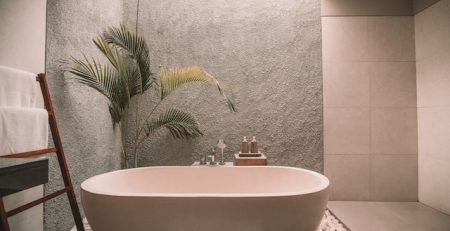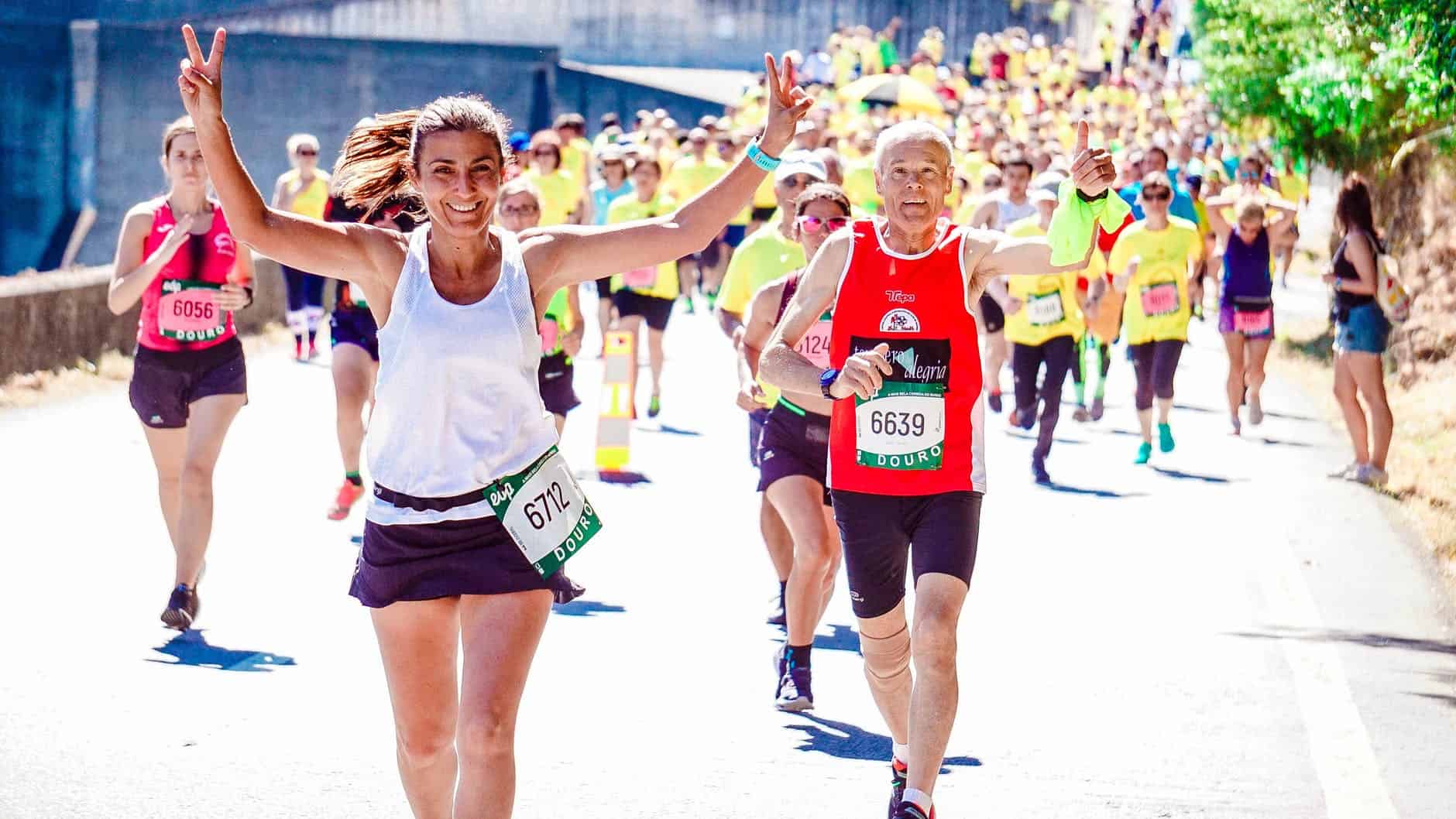Should You Get a Massage Before or After a Long Run?
Running long distances can put a lot of stress on your muscles. Many runners opt for massages to alleviate discomfort and aid in recovery, but should you have one before or after your run? Each option has its benefits and potential drawbacks. Knowing how massage affects your performance and recovery can help you decide what’s best for your training routine.
Massage Is More Than Relief
After putting in those long miles, your muscles can end up feeling tight and sore, making you question if a massage is better before or after your run. Therapeutic massage involves the careful and structured manipulation of soft tissue to help prevent or alleviate pain, tension, and stress, all while boosting your overall health and wellness.
It plays a key role in supporting the body’s natural healing processes. By enhancing blood circulation, massage supplies oxygen and nutrients to muscle fibers, aiding in quicker tissue recovery. Additionally, you can help reduce inflammation and lower cortisol levels, which is the stress hormone that can slow down recovery. Lately, percussive massage — a method that combines pressure, vibration and movement — has become popular for its effectiveness in impacting the autonomic nervous system while helping regulate muscle tone and circulation.
Massage Before Running: Can It Boost Performance?
A massage before you hit the pavement can help prepare your muscles by improving blood flow, warming up the tissues and activating your nervous system. Even a two-minute massage focusing on specific muscles can increase your readiness.
However, there are some downsides. Getting a massage before running can sometimes lower your peak force output because your muscles might become overly relaxed or overstimulated, which could impact your top performance.
For most casual runners, these effects are minor, but being mindful of the timing and intensity of the massage can lead to a significant difference. Combining pre-run massages with structured treadmill workouts can help you prepare for longer runs.
Pros
- Improves jump performance
- Enhances muscle activation and knee extensor peak torque
- Improves grip performance after a short massage
Cons
- May reduce peak force production due to muscle fiber fatigue
- Some athletes report that pre-exercise massage is tiring or reduces performance
Massage After Running: Speeding Recovery and Reducing Soreness
Post-workout massages improve blood flow and oxygen supply to muscles, as well as lower stress hormone levels. Additionally, they should engage different muscle groups to help prevent strain caused by repetitive actions. These effects show improved recovery indicators, such as soreness and fatigue.
A massage after exercising helps prevent the fascia from tightening and flushes out lactic acid and other waste while oxygenating muscle cells and improving circulation. Compression can help push out the inflammation-causing cells from muscle tissue, promoting healing. Massages offer numerous benefits, including relieving stress and aiding in muscle recovery.
After a challenging workout, a massage is the perfect way to unwind and relax. In terms of neurophysiological processes, while a massage cannot eliminate lactic acid, it can help lower the levels of the creatine kinase enzyme, alleviating pain or delayed-onset muscle soreness.
Pros
- Can reduce fatigue and improve performance markers after exercise
- Increases circulation and oxygen delivery to muscles
- Reduces stress hormone levels
Cons
- Some studies found no difference in lactate clearance compared with active recovery
- Effects may vary depending on massage duration, intensity and exercise type
Should You Get a Massage Before or After a Workout?
A massage after a lengthy run is advantageous for recreational runners since it alleviates soreness, enhances circulation and promotes recovery. It helps decrease muscle stiffness and soothe the nervous system, making it easier to get back to training. While a pre-run massage can still be beneficial for flexibility and activation, its impact can vary depending on timing, duration and intensity. Some athletes discover it helpful in warming up particular muscles.
The key is to experiment and see what best supports your body’s needs over time. Tools like Myobuddy PRO 2 allow you to incorporate these benefits into your routine, making recovery more consistent, accessible and tailored to your training schedule. If you have any questions about a particular product or our other services, reach out, and we’ll be happy to assist you in finding the answers.





